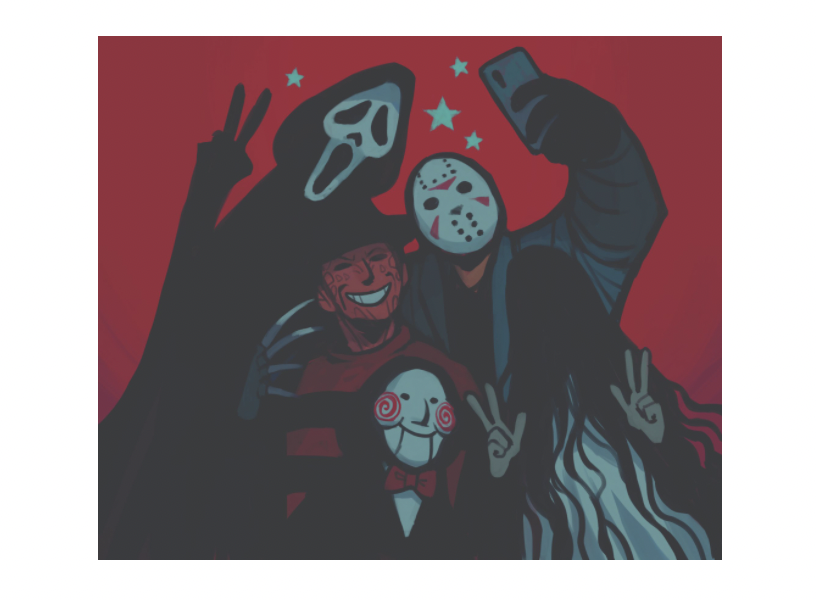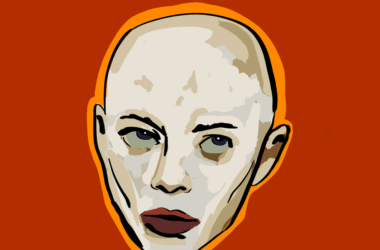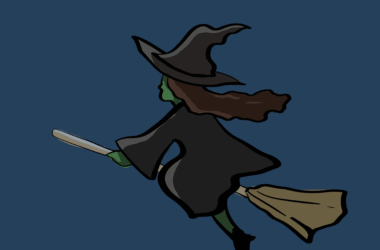Randy Meeks from the cult classic Scream once said, “There are certain rules that one must abide by in order to successfully survive a horror movie.” In Meek’s words: “You can never have sex, you can never drink or do drugs, and never (ever, under any circumstances) say ‘I’ll be right back!’” These survival tips almost become common knowledge during the Halloween season, when horror films abound.
In this respect, the Halloween film is not its own genre. It is necessarily connected to the greater world of horror. Halloween movies became popular not because they present a unique category in film, but because they became attributed to a cultural fascination with normative violence.
One of the earliest Halloween horror movies is the aptly titled 1978 Halloween, directed by John Carpenter. This cult classic follows the story of Michael Myers, who escapes from a mental hospital 15 years after murdering his sister on Halloween and returns to his small town to kill again.
The movie’s intrigue lies not in its most outlandish moments, but rather in its ability to distort reality in a terrifyingly realistic way. Myers is not only a fictional representation of a man at a loss for humanity, he is a killer in the ordinary world; he could be the viewer’s neighbour, their teacher, or their local grocery store clerk.
What Halloween shows us is that the “Halloween movie” is not bound to the supernatural—quite the contrary. What is most alluring about movies like Halloween is their imitation of reality and perversion of the ordinary in the most twisted, ridiculous, unbelievable, and ghastly ways.
The 1992 film adaptation of Bram Stoker’s iconic novel Dracula, directed by Francis Ford Coppola, can serve as further evidence. It’s been suggested that Stoker’s Dracula was based on Vlad the Impaler, a real-life 15th-century Romanian king. Dracula, like Myers, is a physical representation of our darkest fears: A person stripped of all humanity, now on the hunt for blood—more of an empty void than a monster.
Horror films that lean toward the realistic can evoke sympathy for the monster. Mary Shelley’s famous Frankenstein, adapted to film in 1931, is an example of this; the viewer is drawn in because they witness a monster who, deep down, still has a heart.
The aforementioned films, Halloween, Dracula, and Frankenstein, air yearly around Halloween. All three are labeled as either horror or thriller, but not as “Halloween.” This is because the so-called Halloween movie is not defined by the film industry, but is instead a projection of popular demand for horror.
The final nail in the coffin suggests that the “Halloween movie” is best animated through the audience’s reaction. A scary movie is not a “Halloween movie” unless its fans come to associate the film with the holiday. The ordinary alongside the gruesome, however terrifying to admit, is inexplicably fascinating. After all, the spirit of Halloween, through its many permutations, originates in a weakened veil between the worlds of the living and the worlds of the dead—Halloween movies simply transport this magic into the power of film.







